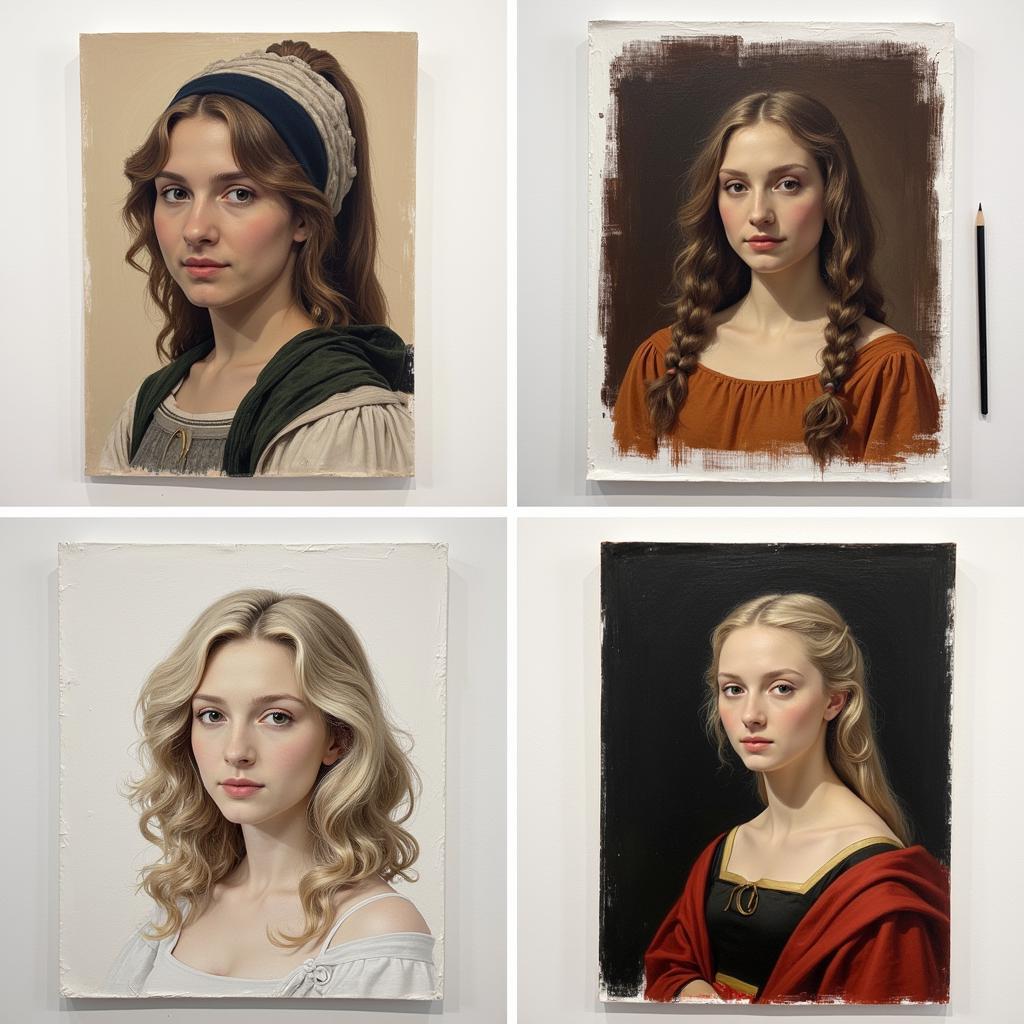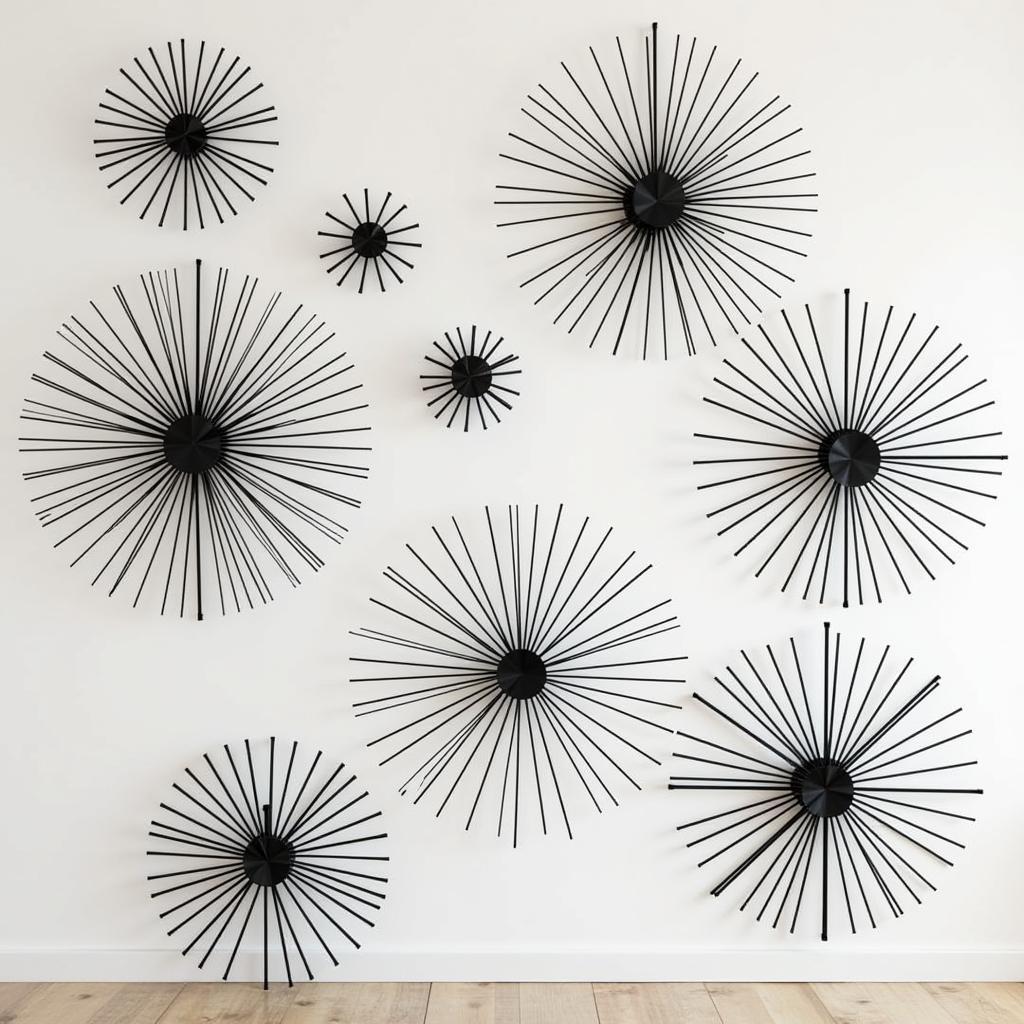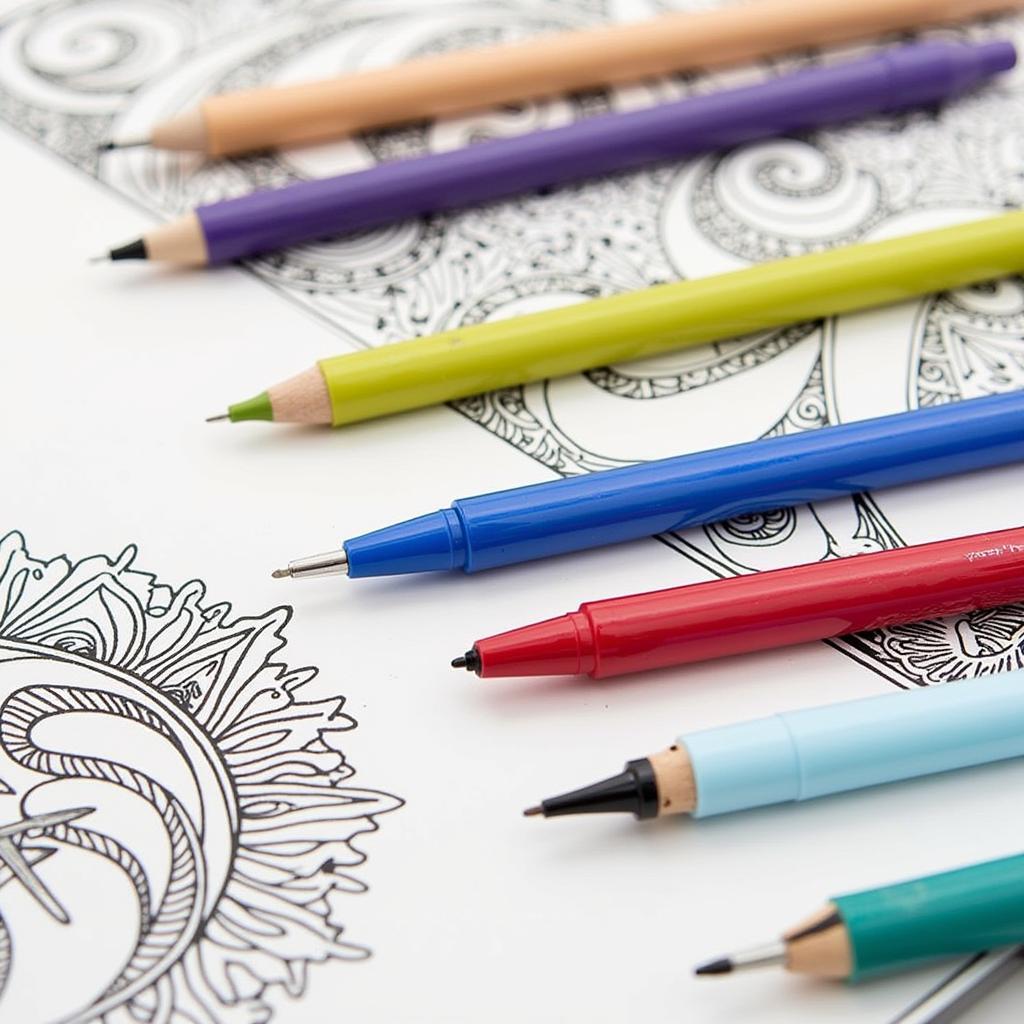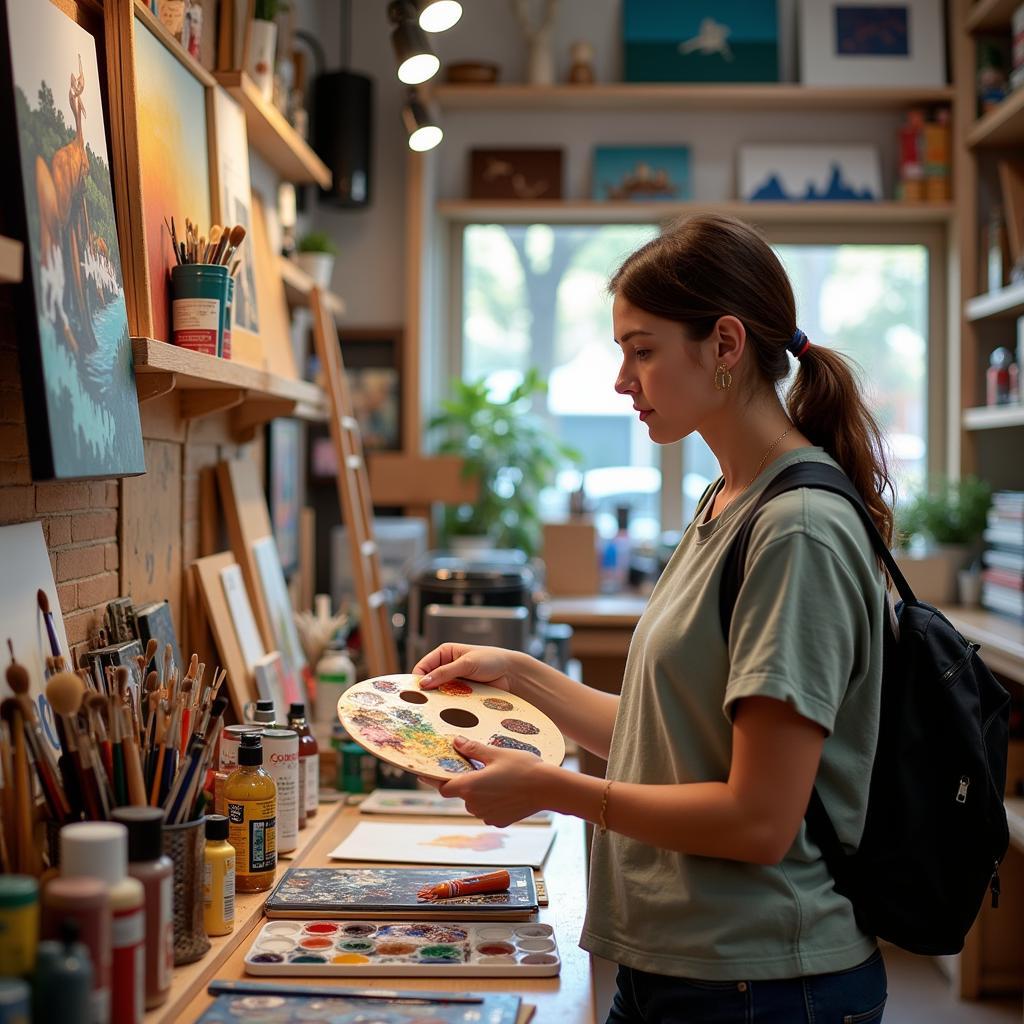Unlocking Your Artistic Potential: A Guide to Art Master Studies
The world of art is vast and constantly evolving, and for aspiring artists seeking to elevate their skills and delve deeper into their chosen medium, “Art Master Studies” offer an invaluable pathway. This journey involves immersing yourself in the techniques, styles, and philosophies of renowned artists throughout history, allowing you to learn from the very best and refine your artistic voice.
Deciphering the Masters: Understanding Art Master Studies
Art master studies, often integrated into Master of Fine Arts (MFA) programs or pursued as independent endeavors, are characterized by a deep dive into the practices of established artists. Unlike simply replicating famous artworks, this approach encourages you to deconstruct the creative process, analyzing brushstrokes, color palettes, composition, and the underlying theories that shaped the artist’s vision.
Benefits of Embracing the Masters
Engaging in art master studies provides a wealth of benefits for artists of all levels, from budding creatives to seasoned professionals:
- Enhanced Technical Skills: By meticulously examining the techniques employed by masters, you gain insights into their masterful handling of mediums, enabling you to refine your own skills and explore new possibilities.
- Deepened Art Historical Understanding: Studying the evolution of art movements and the context in which these masters created their works fosters a greater appreciation for art history and its influence on contemporary practices.
- Cultivating a Critical Eye: Analyzing the successes and challenges faced by masters allows you to develop a more discerning eye for composition, color theory, and the nuances of artistic expression.
- Finding Your Artistic Voice: By immersing yourself in diverse artistic styles and approaches, you can glean inspiration and refine your own unique artistic voice, pushing creative boundaries and exploring new avenues of expression.
 Contemporary Interpretations of Master Studies
Contemporary Interpretations of Master Studies
Essential Components of Art Master Studies
While the specific focus of your studies may vary depending on your artistic interests, several key elements are central to effective art master studies:
- Choosing Your Focus: Selecting artists whose styles resonate with you or challenge your current skillset forms the foundation of your studies.
- In-Depth Analysis: Move beyond simply appreciating the aesthetics and delve into the technical aspects of the artwork. Consider the brushwork, color palettes, composition, and the emotions the artist aimed to evoke.
- Hands-on Practice: Replicate elements of the master’s work, focusing on specific techniques or approaches. Experiment with different mediums and tools to gain a deeper understanding of their application.
- Contemporary Application: Translate the lessons learned from the masters into your own original artwork. This could involve incorporating specific techniques, exploring similar themes, or reinterpreting classical compositions within a modern context.
Integrating Master Studies into Your Artistic Journey
Engaging with the art of arguing or exploring mediums like colored pencils cra z art can provide a practical foundation for embarking on art master studies. As you delve deeper, consider exploring resources like art taylor notes and tones for a comprehensive understanding of color theory and its application in master artworks.
Ultimately, art master studies are not about imitation but about transformation. By immersing yourself in the legacies of artistic giants, you embark on a journey of continuous learning, refining your skills, and uncovering the depths of your own creative potential.
Frequently Asked Questions
1. Do I need a formal art degree to benefit from art master studies?
No, artists of all backgrounds can benefit from studying the masters. While formal programs provide structure and guidance, independent study allows for personalized learning tailored to your interests.
2. What are some recommended resources for finding high-quality reproductions of master artworks?
Museum websites, art books, and online art databases offer high-resolution images suitable for detailed study.
3. How do I choose which master artists to focus on?
Select artists whose styles resonate with your artistic sensibilities or challenge your current skills. Research their techniques, periods, and the ideas that informed their work.
4. Can I incorporate contemporary art into my master studies?
While traditional master studies focus on historical artists, analyzing contemporary artists who draw inspiration from the masters can provide valuable insights into modern interpretations and applications.
5. How can I stay motivated and avoid feeling overwhelmed during my studies?
Set realistic goals, focus on one artist or technique at a time, and celebrate your progress. Seek feedback from fellow artists or mentors to gain different perspectives.
Seeking Further Guidance?
For those seeking to expand their artistic horizons, exploring subjects like bouquet of flowers art or delving into mediums like charcoal sticks art can provide valuable avenues for artistic exploration.
Remember, art is a journey of continuous learning and growth. By embracing the lessons of the masters, you unlock a world of possibilities and empower yourself to reach new heights of creative expression.
Need personalized support on your artistic journey?
Contact us at Phone Number: 02462573573, Email: danteum@gmail.com or visit us at Savico Megamall, 7-9 Đ. Nguyễn Văn Linh, Gia Thụy, Long Biên, Hà Nội 10000, Việt Nam. Our dedicated team is available 24/7 to assist you.



